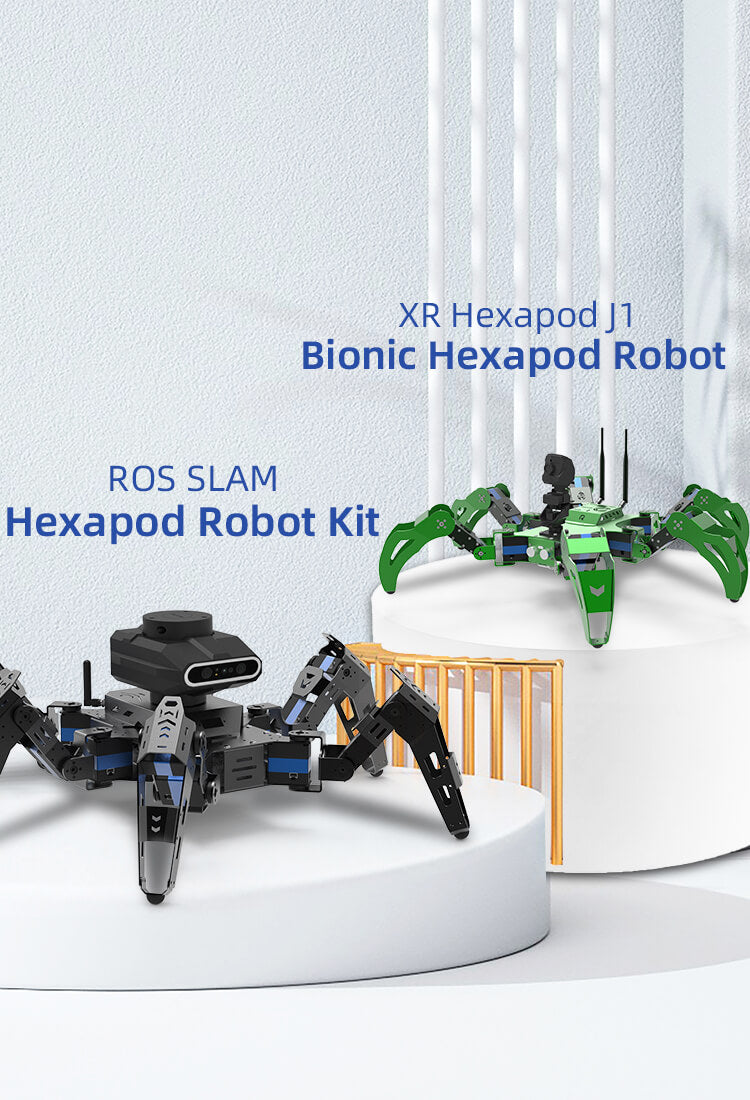STEM education, the combination of science, technology, engineering and mathematics, has become a hot topic in today's education field. It plays an extremely important role in today's world because these four disciplines are not just isolated fields, but are interrelated and mutually reinforcing. Mastering the four basic STEM skills is crucial for future study and career. Here, we will focus on how students learn the four STEM skills, which is not only related to their character and future learning ability, but also lays the foundation for them to learn more difficult technical concepts in STEM subjects in the future.
As we all know, STEM skills include computer knowledge, mathematical application knowledge such as algebra, and the ability to handle some simpler experimental equipment. This is only what we see on the surface. What is actually more important is logical thinking, adaptability and teamwork. Without these, it is difficult to truly understand the meaning of STEM based on some basic theoretical knowledge alone.
Beyond that, the most important STEM skills are creativity and perseverance. If there is no creativity, problems cannot be solved more quickly and easily. If there is no perseverance, then problems may be easily given up and problems cannot be solved. So in the final analysis, the four most basic skills of STEM are: logical thinking ability, teamwork ability, creativity and perseverance.
Critical thinking is a vital skill in STEM education. It involves in-depth analysis, evaluation and judgment of information, ideas and issues, as well as evidence-based reasoning. Critical thinking not only helps improve learning outcomes, but also develops the ability to think independently and solve problems. This article will explore the importance of critical thinking in STEM learning and how to develop this way of thinking.
1. The importance of critical thinking in STEM learning
In-depth understanding of knowledge: Critical thinking helps students gain an in-depth understanding of STEM knowledge and gain a more comprehensive grasp of subject content by analyzing, comparing, and evaluating different viewpoints.
Independent thinking: Critical thinking encourages students to challenge traditional views and put forward their own opinions, which helps develop the ability to think independently.
Problem Solving: Critical thinking emphasizes evidence-based reasoning, helping students find reasonable and effective solutions when solving practical problems.
Innovation ability: Critical thinking helps students discover new problems, propose new ideas, stimulate the spirit of innovation, and contribute to the innovative development of STEM fields.
2. Creativity
The importance of creativity in STEM (Science, Technology, Engineering and Mathematics) education cannot be ignored. STEM education focuses on practice, inquiry and interdisciplinary learning, which helps cultivate students' interest and enthusiasm for STEM. Students are more likely to become interested in and passionate about STEM when they are able to solve problems that interest them in creative ways. This interest and enthusiasm will inspire students to pursue deeper study and exploration in STEM fields.
In addition, creativity helps improve students’ problem-solving and teamwork skills. In STEM education, students often face various problems and challenges, and they need to learn how to solve problems creatively. At the same time, teamwork is also an important aspect of STEM education, and creativity helps students develop their own strengths in a team and work with others to create better results. Therefore, how to carry out secondary development through the source code provided by XiaoR GEEK is particularly important.
3. Teamwork
STEM education focuses on practical and interdisciplinary learning, often requiring students to work in teams to complete complex projects. In this context, teamwork has become one of the key factors to achieve STEM education goals. Through teamwork, students can work together to solve problems and think innovatively, thereby developing more comprehensive STEM literacy.
Secondly, teamwork helps develop students’ leadership and communication skills. In the team, each student has the opportunity to use his or her strengths and assume different roles. Through teamwork, students learn how to communicate effectively with others, coordinate each other's work, and play a leadership role in a team. These skills will be of great value in future careers and help students better adapt to the workplace environment.
4. Perseverance
Perseverance is a key factor in STEM learning. Because STEM subjects often require long-term investment and hard work, when encountering difficulties and setbacks, perseverance can drive students to keep trying until they reach their goals. Through consistent effort, students can improve their skill levels and deepen their understanding of STEM knowledge.
Secondly, perseverance helps cultivate students’ interest and enthusiasm for STEM. In STEM learning, students will encounter various challenges and problems, but with the support of perseverance, they are able to overcome difficulties and make progress. This kind of positive feedback can enhance students' interest and enthusiasm for STEM, making them more engaged and passionate about these subjects.
Perseverance also helps develop students' independent learning abilities. In STEM learning, teachers often only play a guiding role, and students need to rely on their own strength to solve problems. Through the cultivation of perseverance, students can form good independent learning habits, master effective learning methods, and improve learning efficiency.
To sum up, learning the four basic STEM skills requires starting from multiple aspects and focusing on the learning and practical application of knowledge. Only by comprehensively improving these four skills can we better cope with future challenges and opportunities. Therefore, we should pay attention to STEM education and strive to cultivate our own STEM literacy to lay a solid foundation for future study and career.
Learn four basic STEM skills: Through theory to practice

Tags : Arduino, Diy, Educational, How to choose a programmable robot, How to make robot car, How to programming, How to use raspberry pi pprogramming\, How to write the code, Programmable robot, Programming, Programming educational, Raspberry pi, Robot car, Smart robot car, Smart robot dog, Smart tank, Steam educational, Stem educational
